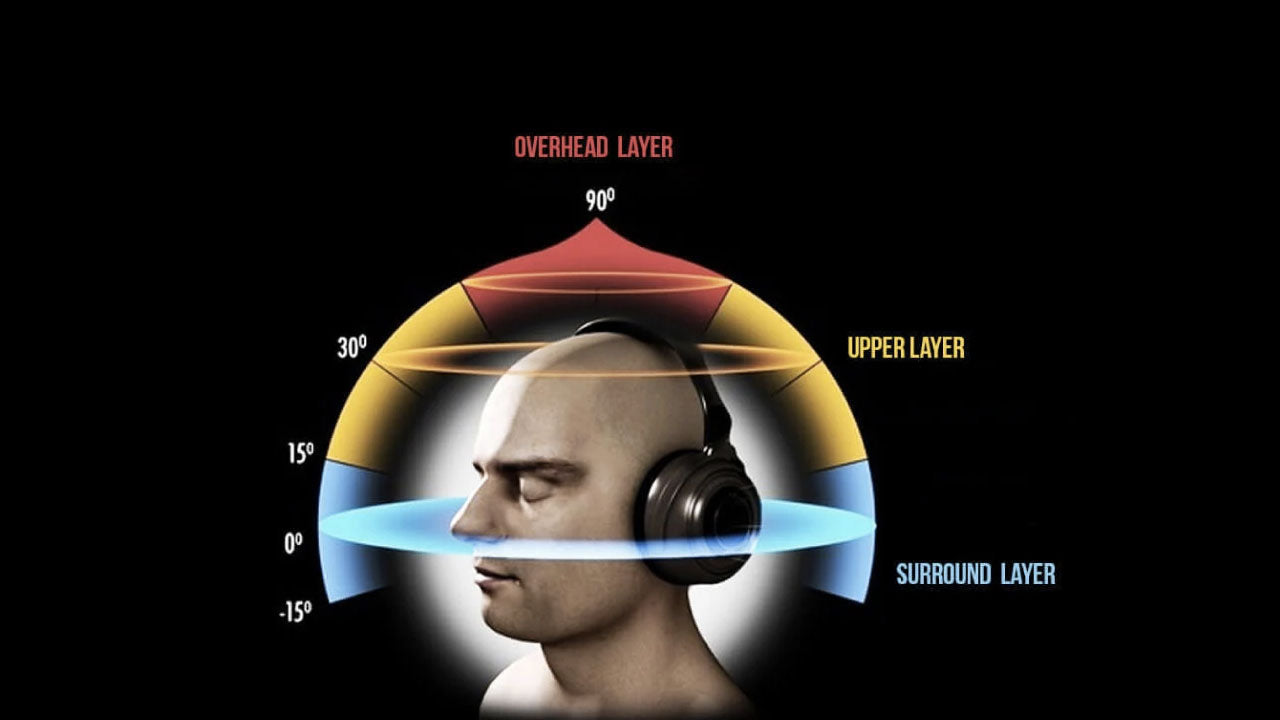
Not all cues required for exact localization of the sound sources can be preserved this way, but it also works well for loudspeaker reproduction. A simplified version of binaural recordings can be achieved using microphones with a separating element, like the Jecklin Disk. The Neumann KU-81, and KU-100 are the most commonly used binaural packages, especially by musicians. A typical binaural recording unit has two high-fidelity microphones mounted in a dummy head, inset in ear-shaped molds to fully capture all of the audio frequency adjustments (known as head-related transfer functions (HRTFs) in the psychoacoustic research community) that happen naturally as sound wraps around the human head and is "shaped" by the form of the outer and inner ear. More elaborate techniques exist in pre-packaged forms. The distance and placement roughly approximates the position of an average human's ear canals, but that is not all that is needed. This method will not create a real binaural recording. With a simple recording method, two microphones are placed 18 cm (7") apart facing away from each other. As a general rule, for true binaural results, an audio recording and reproduction system chain, from microphone to listener's brain, should contain one and only one set of pinnae (preferably the listener's own) and one head-shadow. For listening using conventional speaker-stereo, or mp3 players, a pinna-less dummy head may be preferable for quasi-binaural recording, such as the sphere microphone or Ambiophone.


Because loudspeaker-crosstalk of conventional stereo interferes with binaural reproduction, either headphones are required, or crosstalk cancellation of signals intended for loudspeakers such as Ambiophonics. Conventional stereo recordings do not factor in natural ear spacing or "head shadow" of the head and ears, since these things happen naturally as a person listens, generating their own ITDs (interaural time differences) and ILDs (interaural level differences). The term "binaural" has frequently been confused as a synonym for the word "stereo", and this is partially due to a large amount of misuse in the mid-1950s by the recording industry, as a marketing buzzword. This idea of a three dimensional or "internal" form of sound has also translated into useful advancement of technology in many things such as stethoscopes creating "in-head" acoustics and IMAX movies being able to create a three dimensional acoustic experience.

Binaural recording is intended for replay using headphones and will not translate properly over stereo speakers. This effect is often created using a technique known as "dummy head recording", wherein a mannequin head is outfitted with a microphone in each ear. Binaural recording is a method of recording sound that uses two microphones, arranged with the intent to create a 3-D stereo sound sensation for the listener of actually being in the room with the performers or instruments.


 0 kommentar(er)
0 kommentar(er)
